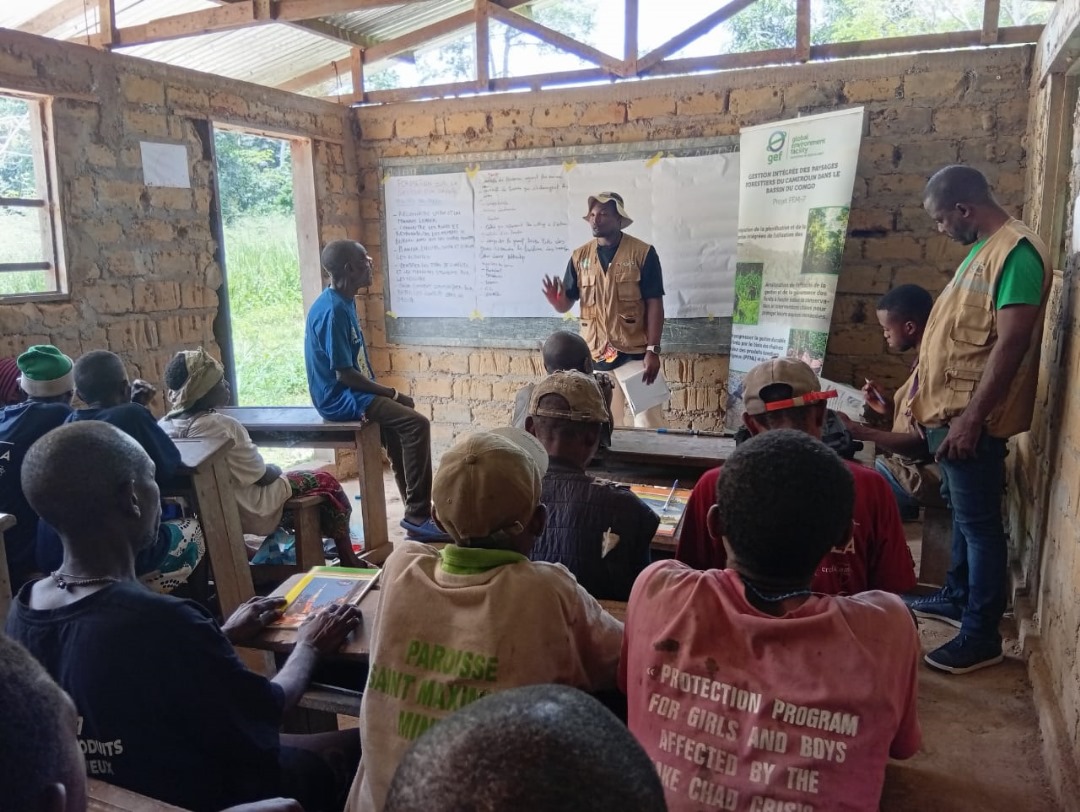AAFEBEN TRAINS COMMUNITIES ON ORGANIZATIONAL ASPECTS
As part of the GEF 7 project, AAFEBEN teams conducted a mission from April 2 to 11, 2025, to strengthen the capacities of indigenous populations and local communities (IPLCs)
Written on Saturday, April 12, 2025

As part of the GEF 7 project, AAFEBEN teams conducted a mission from April 2 to 11, 2025, to strengthen the capacities of indigenous populations and local communities (IPLCs) on organizational aspects: group management.
After the first mission to present the GEF 7 project to the 15 communities distributed across 03 communes (Lomié, Mintom, and Ngoyla) that are part of AAFEBEN's scope of work, it's time to launch activities, especially training on organizational aspects: group management. This training mission follows a prior assessment of capacity-building needs.
For this mission related to strengthening the capacities of IPLCs, AAFEBEN's top management formed 02 teams. The first was deployed in the commune of Lomié to train 08 groups (2 Baka and 6 Bantu), and the second team in Mintom and Ngoyla to train 07 groups (5 Baka and 2 Bantu). The objective of this training was for members of IPLC cooperatives and groups to be able to better organize themselves and properly manage their groups for greater efficiency in the non-timber forest products (NTFP) value chain.
At the end of this training, the learners were able to: recognize a good or bad leader, know the roles and responsibilities of board members as well as ordinary members, plan, execute, monitor, and evaluate activities, identify types of conflicts and the best strategies to resolve them, and know how to communicate to avoid conflicts within the group. Through interviews conducted with some leaders, these communities expressed their joy at having benefited from this training, which will be of great benefit to them both individually and for their groups.
Furthermore, AAFEBEN teams proceeded with the distribution and installation of GEF7 project plaques to the various IPLC groups and cooperatives to facilitate not only their identification but also their geographical location.
Back to Blog list